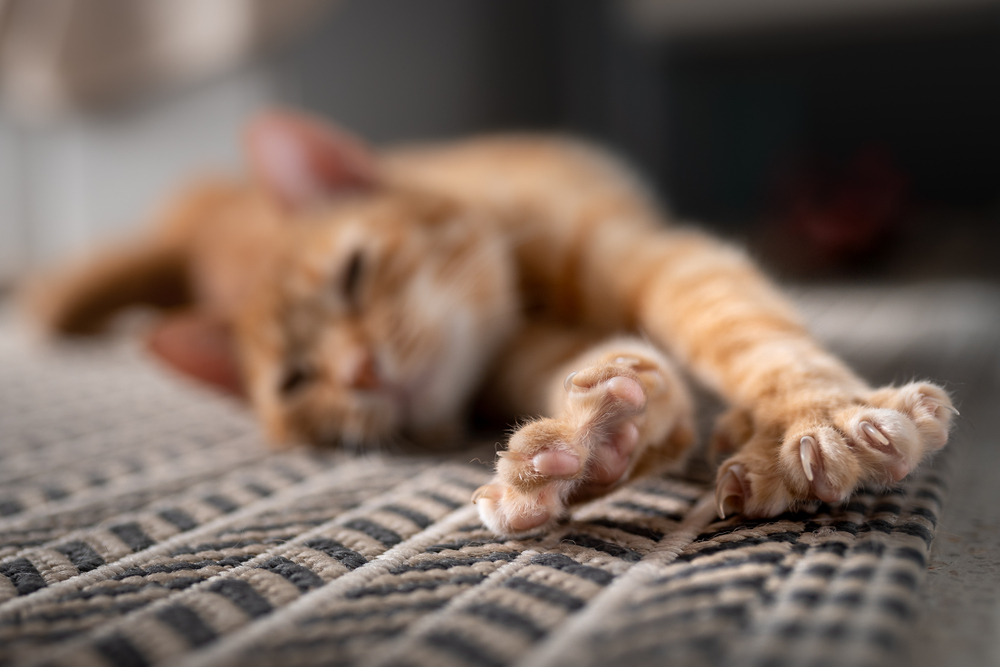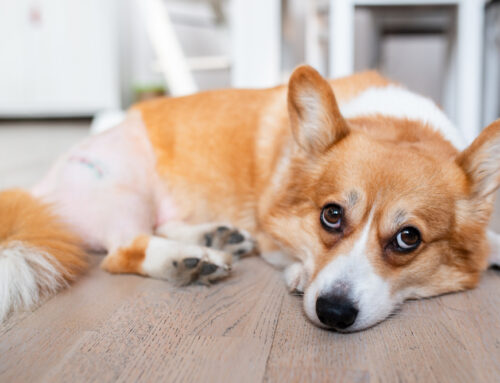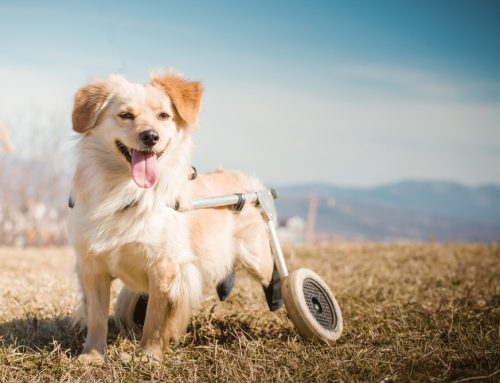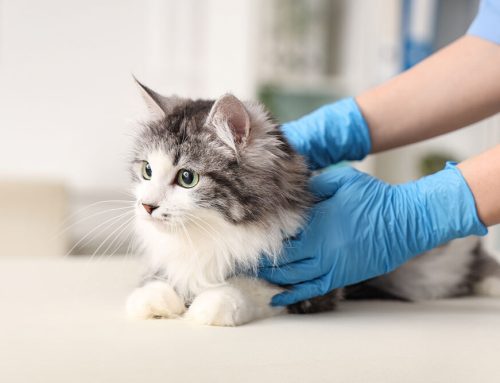As your cat ages, they may slow down, running and playing less. Some of these are normal aging signs, but they may also indicate your whiskered pal has a painful disease. Cats instinctively hide their misery, but up to 90% of older cats suffer from osteoarthritis, experiencing reduced mobility and pain.
Feline arthritis treatment options have been historically limited because of cats’ inability to tolerate many drug classes. However, veterinary medicine’s recent focus on feline pain and discomfort has dramatically improved cats’ treatment options. Effective treatments can improve your cat’s quality of life and slow progressive joint damage to help ensure they remain mobile well into their senior years. Our Homestead Animal Hospital team shares seven feline arthritis facts to help you understand and manage the disease effectively.
Fact #1: Feline arthritis is common
Of all cats, 40% have arthritis. Of cats older than 6 years of age, 60% have arthritis, and of cats older than 12 years of age, 90% have the disease. Veterinary researchers have determined these statistics based on veterinarians’ reports that they detected feline arthritis through X-rays and owners’ accounts noting that their cats are exhibiting arthritis signs at home. Despite arthritis’s high prevalence, the disease often goes undiagnosed because many pet owners attribute their whiskered pal’s mobility changes to normal aging. In addition, cats visit the veterinarian far less frequently than dogs. Whether arthritis has been definitively diagnosed, affected cats likely experience pain and a diminished quality of life.
Fact #2: Arthritis can develop when a cat is a young adult
Arthritis does not develop overnight. The condition typically begins in young adulthood and progresses, gradually affecting an affected cat’s mobility. The gradual onset is another reason pet owners have difficulty recognizing the disease’s signs. Encouraging healthy exercise, keeping your feline friend at a lean, healthy weight, and incorporating omega-3 fatty acids, glucosamine, and chondroitin in your young cat’s diet may help protect their joint health over time.
Fact #3: Feline arthritis can attack any joint
Arthritis causes joint inflammation, which can develop as a result of normal wear and tear, abnormal joint mechanics, injury, or unknown causes. The joint’s cartilage breaks down, bone rubs against bone, creating painful spurs, and the soft tissues inside and surrounding the joint degenerate. Because of arthritis pain, a cat will favor the affected joint, causing it to become weak and lose muscle mass, which perpetuates the deterioration cycle.
Fact #4: Arthritis could cause your cat to slow down
As cats age, they become less active. However, this slowdown is also a hallmark feline arthritis sign. Usually more subtle than a dog’s arthritis signs, cats’ signs include:
- Difficulty getting into and out of the litter box
- Unkempt coat because they are unable to groom
- Refusal to jump up to or down from previously favored spots
- Avoiding stairs or taking them one at a time
- Changing typical sleeping or resting positions
- Overgrooming areas around painful joints
- Reduced appetite or activity level
Fact #5: Early arthritis diagnosis can facilitate more effective treatments
Cats visit the veterinarian about half as often as dogs despite having similar medical needs and veterinary care recommendations. Wellness examinations help our Homestead Animal Hospital team detect your cat’s early arthritis signs, such as subtle muscle tone, range-of-motion, and movement changes, that you may not notice at home. By implementing treatments early in the arthritis disease process, our team can significantly slow joint damage progression.
Fact #6: Feline arthritis treatments have come a long way in recent years
Although anti-inflammatory medications are dogs’ mainstay arthritis treatment, cats can’t safely metabolize these drugs. Feline arthritis treatment previously relied on opioid pain medications and joint health supplements, but veterinary medicine now has many other effective options. Acupuncture, laser therapy, injectable long-acting medications, joint fluid modifiers, gabapentin, physical therapy, and surgery are effective treatments for reducing an arthritic cat’s pain and inflammation, and helping restore normal joint function.
Fact #7: Household modifications can help cats with arthritis

If your cat has advanced arthritis, you can help them by making adjustments to your home. Ensure your whiskered pal has access to food, water, and the litter box without having to traverse stairs or walk a long distance. By placing night-lights around your home, you help your feline friend avoid slips and falls in the dark. You should also place cozy resting spots in multiple locations for your arthritic cat. To help reduce your affected cat’s stiffness and improve their muscle strength, encourage them to play and move moderately each day.
Many arthritic cats go undiagnosed and needlessly suffer pain and discomfort during their senior years. To help ensure your whiskered pal’s quality of life remains good and they can continue participating in the activities they enjoy, learn to recognize feline arthritis signs, so they can receive effective treatment before the disease diminishes their mobility. If you suspect your cat has arthritis, contact our Homestead Animal Hospital team.
















Leave A Comment